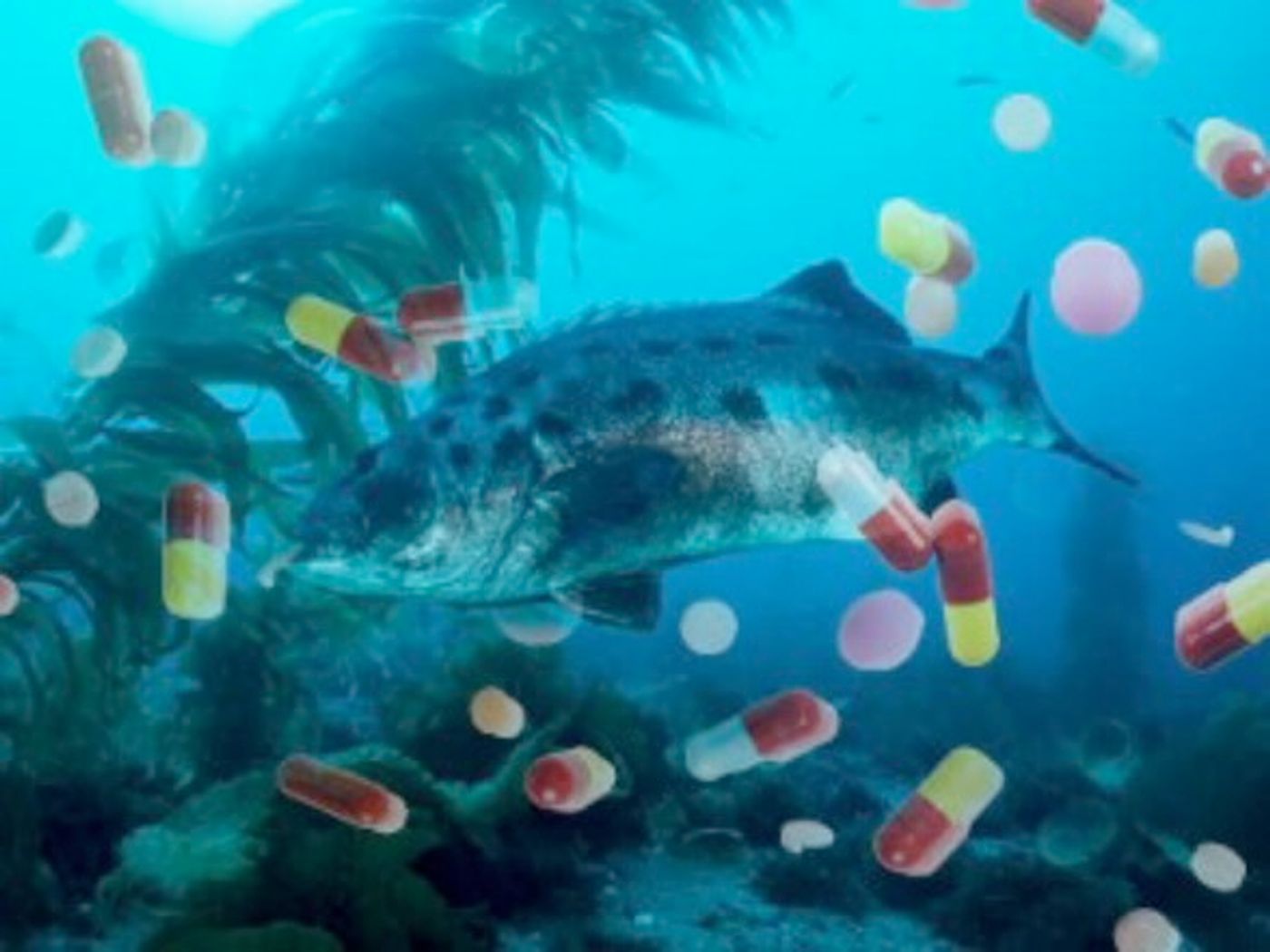Alarming quantity of antidepressants found in fish
In a new study published on Aug. 16 in the journal Environmental Science and Technology, a team of scientists relays the dangerous truth about where our antidepressants are ending up. According to the National Center for Health Statistics, the percentage of Americans taking antidepressants rose 65% between 1999-2002 and 2011-14. This is a threat to fresh and salt water ecosystems for one main reason: wastewater treatment facilities haven’t modified their methods to account for this growth and therefore typically ignoring pharmaceuticals and personal care products (PPCPs), which are then released into the environment.
"These plants are focused on removing nitrogen, phosphorus, and dissolved organic carbon but there are so many other chemicals that are not prioritized that impact our environment," lead scientist Diana Aga says. "As a result, wildlife is exposed to all of these chemicals. Fish are receiving this cocktail of drugs 24 hours a day, and we are now finding these drugs in their brains."
"These active ingredients from antidepressants, which are coming out from wastewater treatment plants, are accumulating in fish brains," Aga says. "It is a threat to biodiversity, and we should be very concerned.
The researchers looked at 10 different species of fish (smallmouth bass, largemouth bass, rudd, rock bass, white bass, white perch, walleye, bowfin, steelhead and yellow perch) found in the Niagara River, which connects Lake Erie and Lake Ontario via Niagara Falls. They were looking for the presence of PPCPs in the fishes’ organs and muscles. Remnants of antidepressants were found in almost every species.
Norsertraline – a metabolite of sertraline, the active ingredient in Zoloft – was found at extremely high concentrations (400 nanograms per gram of brain tissue) in rock bass. But that wasn’t the only presence of PPCPs in rock bass: citalopram, the active ingredient in Celexa, and norfluoxetine, a metabolite of the active ingredient in Prozac and Sarafem were also found at high levels. More than half of the fish brain samples had norsertraline levels of 100 nanograms per gram or higher and many other fish also had a cocktail of other drugs as well. The scientists don’t yet understand the consequences of multiple drugs acting on the fish at once.
"The levels of antidepressants found do not pose a danger to humans who eat the fish, especially in the U.S., where most people do not eat organs like the brain," co-author Randolph Singh says. "However, the risk that the drugs pose to biodiversity is real, and scientists are just beginning to understand what the consequences might be."
Because the antidepressants accumulate over time in the fishes’ organs, the levels of drug concentration in their bodies are often much higher than those of the river. In the brains of smallmouth bass, largemouth bass, rock bass, white bass and walleye, sertraline was found at levels that were roughly 20 or more times higher than levels in river water. Levels of norsertraline, the drug's breakdown product, reached concentrations up to hundreds of times higher than that found in the river.
"These drugs could affect fish behavior. We didn't look at behavior in our study, but other research teams have shown that antidepressants can affect the feeding behavior of fish or their survival instincts. Some fish won't acknowledge the presence of predators as much,” Aga explains. Such changes in behavior could have serious impacts on Great Lakes’ ecosystems.
Sources: Environmental Science and Technology, Science Daily









